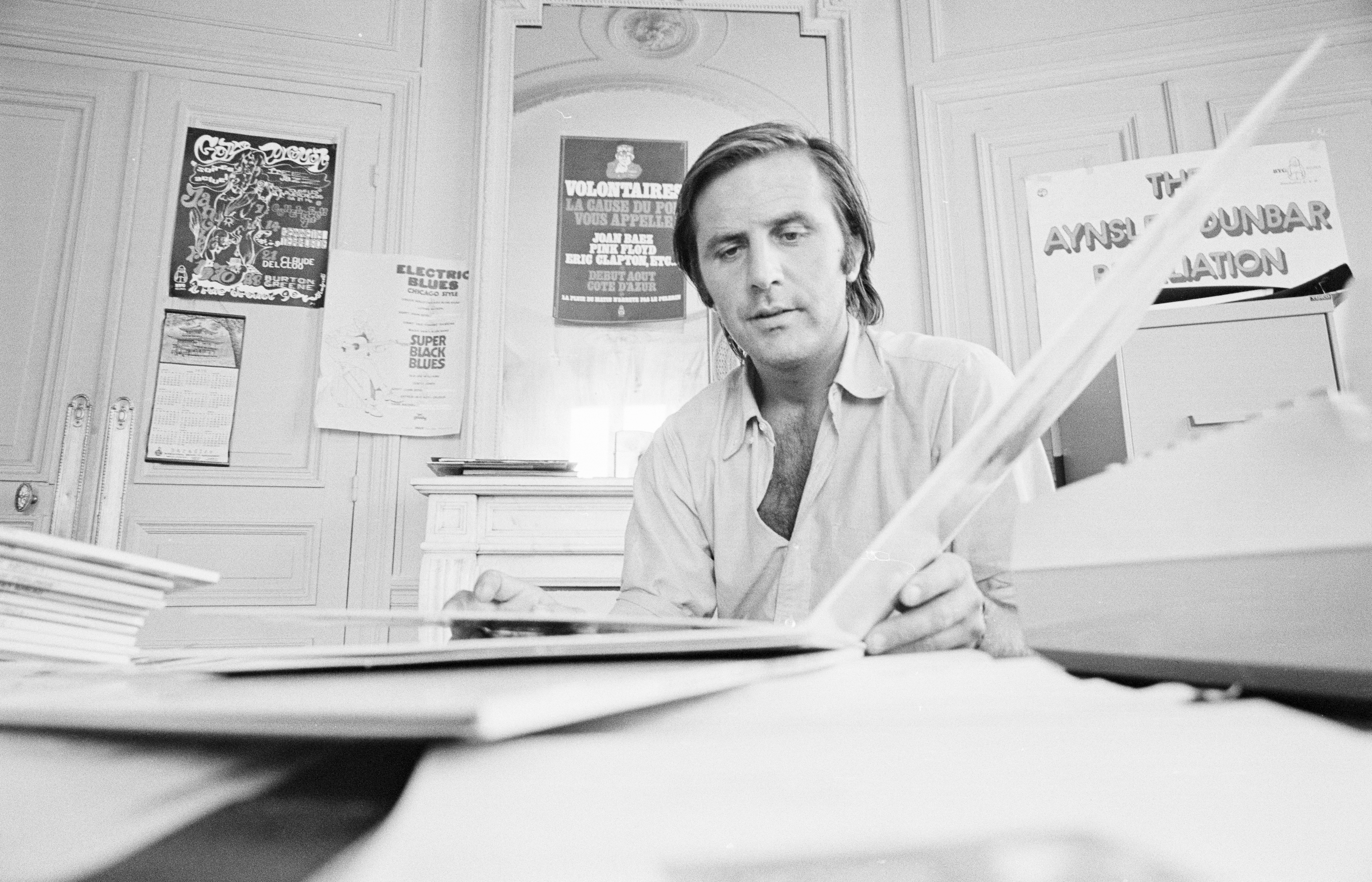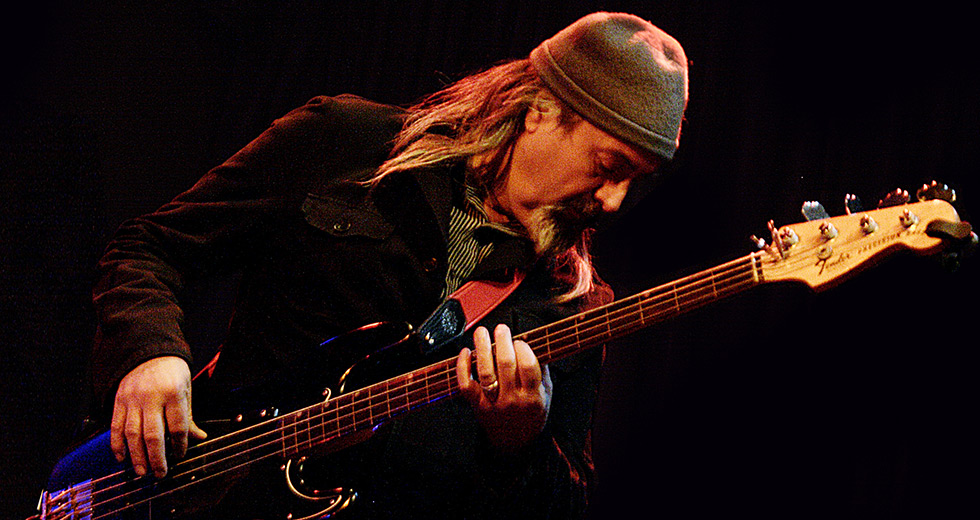Key Tracks: “Change the Beat”
The true story behind of one of the most sampled tracks ever
Bernard Zekri, the current director of Radio Nova, is a man who has led a thousand lives, but the one that brought him to New York during the emergence of hip-hop is one of the most exciting. At the dawn of the ’80s, through chance meetings and leaps of fate, Zekri, then a head reporter for Actuel, got close to the very first rap artists while he was living in New York.
Another French expatriate in New York, Jean Karakos, head of Celluloid Records, gave him a mission: Zekri was to bring five records back across the Atlantic, five singles to introduce the virus of hip-hop into France’s bloodstream. One of these singles, “Change the Beat” by Fab Five Freddy, was to become a defining document of the genre, and is perhaps the most sampled hip-hop track ever. It also became one of the genre’s greatest mysteries. Who, really, was the voice saying, “Ahhhh, this stuff is really fresh!”? Here, Zekri shares his experience of the making of this classic for the first time and, in doing so, ends the debate once and for all.

It all started at a meeting in my apartment, the last stop before the Bronx for my mates coming home from a night on the tiles. Like all young black men at the time, taxicabs refused to take them home. They would often stay the night at my place because of it, and that’s when had the idea to make Fab 5 Freddy rap in French. I said to myself, “Of course, that’ll be a success on the other side of the Atlantic!” Yet Freddy was not seen as a rapper. He was primarily an artist, a painter who had already held shows in New York. In fact, he didn’t really give a shit. But he looked the part, had the charisma. Ann, my wife, who speaks French with a slight American accent, was in charge of phonetically teaching him the song, “Change the Beat.”
Freddy was a dandy. With his ultra-sophisticated look, he was featured in a Blondie video, and could be seen at parties in downtown Manhattan. But especially, he was one of the first spokesmen for the movement, one of those who knew how to talk about it, especially to the media. Hip-hop was just starting out. Us trendy Manhattanites, we were discovering all this: people wearing cheap anoraks, fur hats with ear flaps and sneakers, people who had a different approach, their own vocabulary and a unique way of making music. This was the rap party era, and they were in full swing all over the Bronx. And you mustn’t forget the DJ parties at the Negril, a poky Jamaican club, with DJs called Afrika Bambaataa and Grandmixer D.St.
At the time, I was also friends with the bass player from Material, Bill Laswell, who reluctantly decided to spend a bit of time on hip-hop, a genre he regarded with... Well, a little suspicion, let’s say. Especially when I told him that Freddy, “a diamond in the rough,” had never even set foot in a recording studio!
“All we have to say is ‘This stuff is fresh!’ with that new machine there, the vocoder.”
We met up in the middle of Brooklyn, where Laswell and his colleagues were crafting rhythm tracks – I think that this was the first time they had ever used a drum machine. Freddy walked in, and then disaster struck. We had no idea what he was on about – he hadn’t done his homework. We recorded one, two, three takes, and nothing was usable. What’s more, Freddy commands a lot of respect, and he was starting to take things the wrong way. We painfully managed to eke out something reasonably musical, before Bill turned towards me and said: “Yo Bernard, you wanna try?”
Americans are pragmatic. I wrote the thing, so it seemed like I knew what I was doing more than anyone else. Problem was, I really didn’t see myself behind a mic. “OK, let's try the girl.” “The girl” was my wife. She wasn’t a rapper – she worked for [French fashion designer] Agnès B. But it’s true that her voice was kinda sexy, and when she got behind the mic, it sounded good. We recorded it there and then, and found her a name: “Beside,” since she was on the B-side.
I was still stuck with a problem – my lyric of sorts had no ending. That’s where Roger Trilling chimed in, and he played a decisive role in this “accident.” He’s an extremely learned guy, a friend of Ryūichi Sakamoto’s, and also Bill’s manager. He’s the one who said, “All we have to say is ‘This stuff is fresh!’ with that new machine there, the vocoder.” “Yeah, the song could end like that... And anyway, no one’s got a better idea.”
I remember going to bed with my Walkman on my ears, as New York was waking up, with what was an amazing hit, for me at least. I imagined limitless success. I came back to France, and went straight to the Europe 1 radio station with the record under my arm. It was a record that made a million phone calls rain down on the station the first time it was played. “Shameful!” “Obscene!” Those were the kind of comments that made it to the switchboard, from listeners who didn’t think it said “change the beat,” but rather “change de bite” [“change your dick”]. Franglais had not yet become a genuine language. One thing was for sure: The record, which was one of their “Singles Of The Week,” was immediately removed from the airwaves. I was almost banned from the radio. Everything had gone wrong, so I went back to New York.
A few months passed. Times Square, Saturday morning. I’d just parked my little red Toyota. The car radio was tuned in to WBLS. And then, a hearty voice said, “Now, this strange thing, this French girl: Beside, ‘Change The Beat!’” It was my tune, this thing that was banned from the airwaves in France, and it was being played on the radio in New York – on one of the two main stations of that era. This went on for about three weeks, four or five times a day. The kids went insane over that track, for all the wrong reasons, just like the French who rejected it.
I was on cloud nine. In fact – though she has probably forgotten this – Madonna was in competition with this track. She was this little chick trying to find a place for herself at the time, one I regularly crossed paths with at the Roxy. She was pissed that guys such as Basquiat liked the track, that Mapplethorpe came and did the photo for free, as he was amused by it. It didn’t stop there. In the meantime, Laswell had gone off to produce the new album by Herbie Hancock, and he wanted scratching to be featured on it. He worked with Grandmixer D.St, whose scratches you can hear on the famous ending to "Change The Beat”: “this stuff is really fresh.” That’s how that fucking “fresh” ended up on “Rockit,” and went on to have such a grand legacy.
It’s only years later that I realized that “Change The Beat” had become such a classic for DJs, that they systematically owned two copies of the release. And for ten years at least, they all wanted to scratch using that thing. It had become a sound, a gimmick – you can even find it on stuff by Justin Bieber. And yet I didn’t get a cent from the track. I don’t even know if the lyric was copyrighted. To be honest, I never even looked into it.

